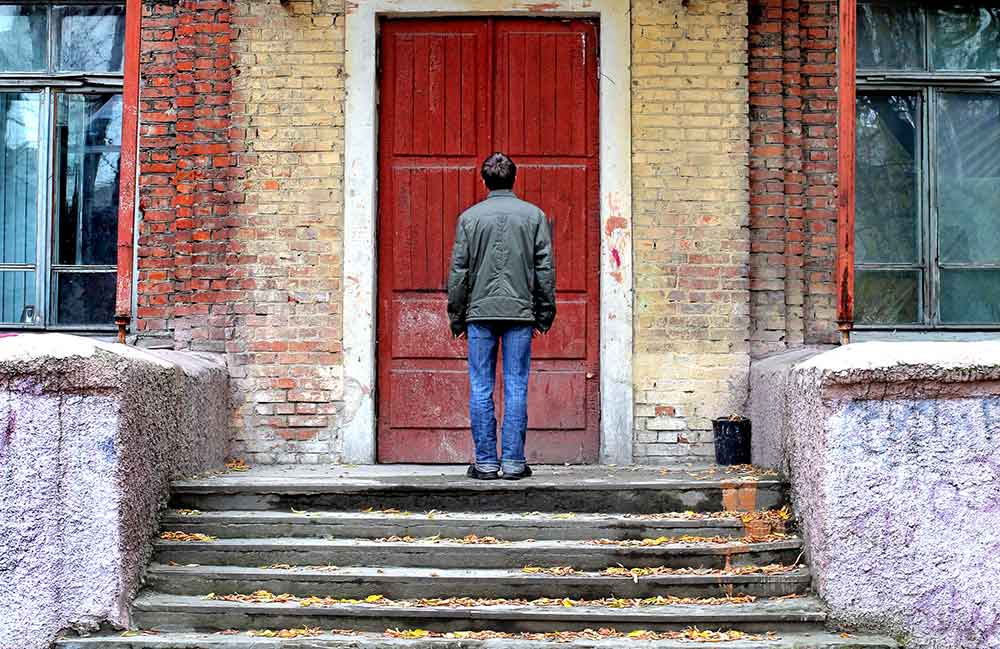Read the latest and greatest from our team
of incredible specialists.

Beach House Recovery Center » Blog » Transitional Planning for Life After Rehab
It is not uncommon for those receiving inpatient treatment for drugs and alcohol to have questions and concerns about life after rehab. Moreover, transitioning back to the real world from the daily structure and intensity of a residential treatment program can be intimidating. Many worry about maintaining sobriety once that same high level of structure and intensity of support is no longer there. They wonder what resources are available to help them make a smooth, substance-free transition to the demands of everyday work and family relationships.
This article will help readers prepare for this change and allay their concerns, by informing them about transitional living resources like sober living houses and halfway houses.

Where you live after rehab is central to long-term recovery, and it’s one of the most important components to successful abstinence from drugs and alcohol. Relapse rates are significantly higher during the first year of recovery, and one of the biggest predictors of relapse is exposure to drugs or alcohol via family members or friends. These environmental cues were among the top triggers of relapse for those in early recovery, according to a study in the Journal of Addiction Research & Therapy.
Lower levels of social support also tend to correlate with higher risks of relapse. In contrast, research cited by the Substance Abuse and Mental Health Services Administration has found that at least four forms of social support—emotional, informational, instrumental and affiliational—can facilitate recovery.
Your post-treatment living environment will thus be critically important to your recovery. Two basic but very important related questions to ask when considering any post-rehab living situation will be:
“Sober living houses” (SLHs) are drug- and alcohol-free residences for those in early recovery. They are meant to provide a stable living environment that supports abstinence from drugs and alcohol, via shared rules and expectations governing members’ behavior and participation. One frequent prerequisite is participation in a 12-step group, and if 12-step meeting attendance is not expressly mandated, it is strongly encouraged.
A decisive factor for many who choose a SLH after rehab is the social network these residential communities provide, which is also associated with better recovery outcomes according to a scientific overview of sober living houses by the National Institutes of Health. The same study evaluated six-month recovery outcomes for residents in one coalition of sober living homes and found SLHs improved recovery outcomes at the six-month mark.
Knowing the particular policies of any SLH under consideration is critical to making a wise decision regarding the SLH that is right for you. Whenever possible, it is advisable to visit the residence in person.
This tip and others for evaluating prospective SLHs appear in a blog post by Director of Alumni Success Micah Robbins at Beach House Center for Recovery. Robbins recommends some helpful resources for researching SLHs. He also provides advice about specific questions to ask when visiting a prospective SLH.
Along with operating policies, there are various models for SLHs. The Oxford House model is a well-known example. These communal recovery settings are democratically run; there are houses for men, houses for women, and houses for women and children; and the number of residents in a house can range from six to 15. Other SLHs follow a non-democratic model, with one landlord or manager in charge of day-to-day operations.
The National Alliance for Recovery Residences is a reliable source of information about SLHs and a good way to connect with one in your area.
Halfway houses are another post-treatment living option for some people in early recovery, depending on their circumstances. Like SLHs, halfway houses ideally provide the benefits of a drug and alcohol-free living environment and access to greater social support in the journey to full recovery.
Halfway houses differ from SLHs in some crucial ways. For as often as the terms SLH and halfway house are used interchangeably—and some states (depending on their legal requirements) may recognize SLHs and halfway houses as essentially the same thing—there generally are a number of differences worth noting:
Whether you’re researching for yourself or a loved one, Beach House can help. We understand that this is a serious time in your life and that the treatment center you choose matters. We want you to feel comfortable and empowered to make the right decision for yourself, a friend, or a family member. This is why a counselor is waiting and available to answer your questions and help put your mind at ease regarding the next steps. Many of the staff at Beach House have walked in your shoes. If you feel you’re ready or want more information about how to help a loved one, we can help today. You can also learn why we are voted the #1 rehab for addiction treatment in Florida.
We accept most major insurance plans and can verify your benefits quickly and confidentially.
We’re committed to helping you access the care you need, our admissions counselors can guide you through your coverage options and available resources.





"*" indicates required fields